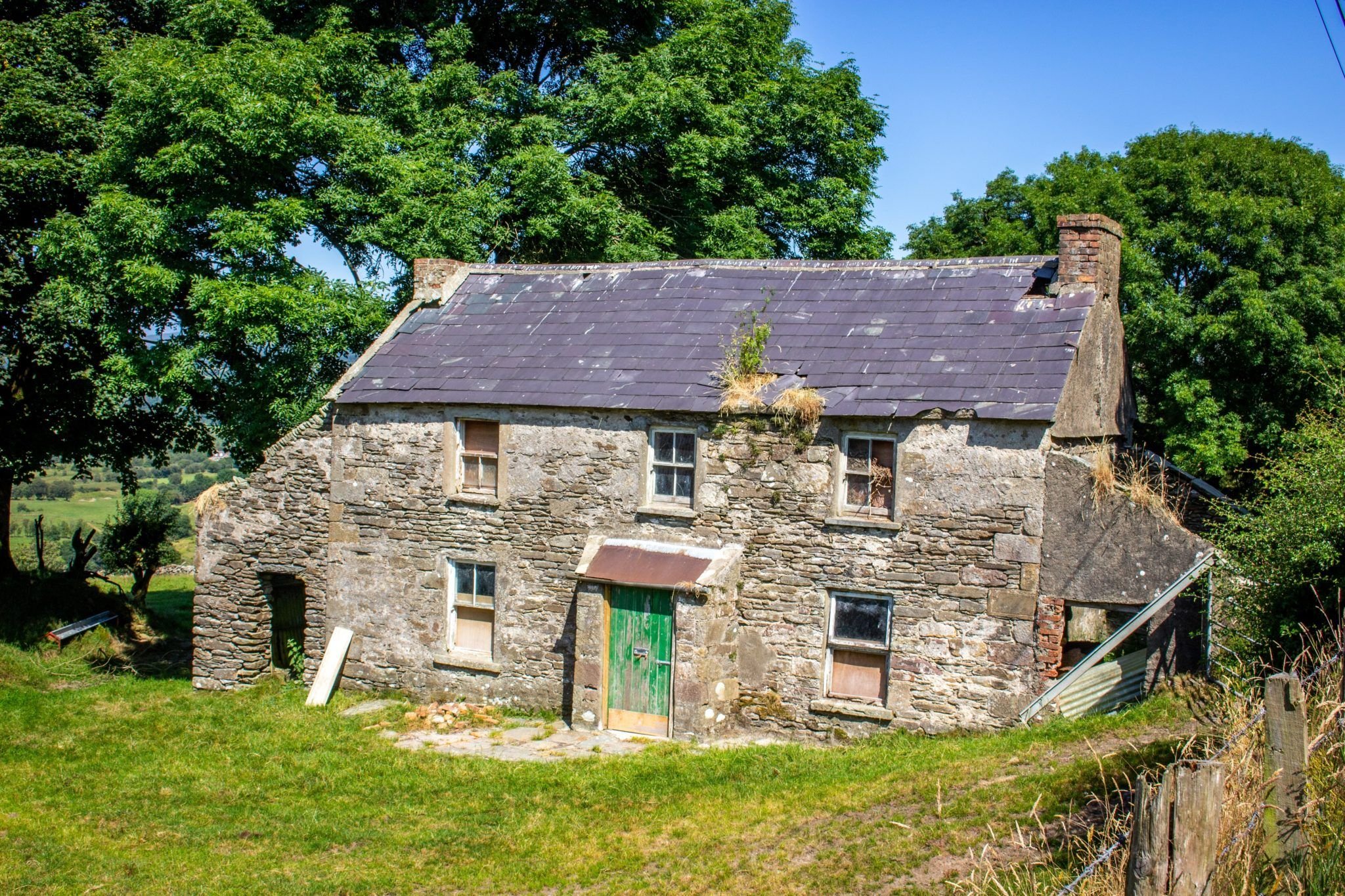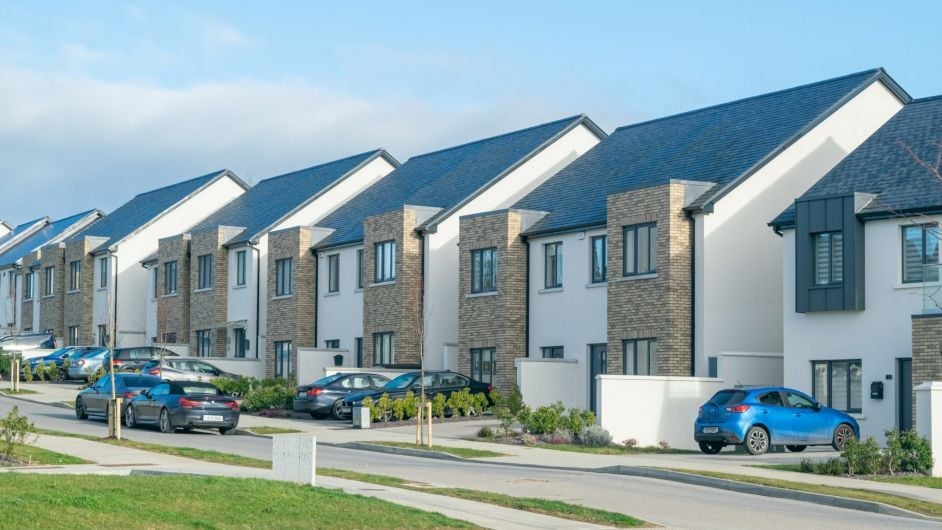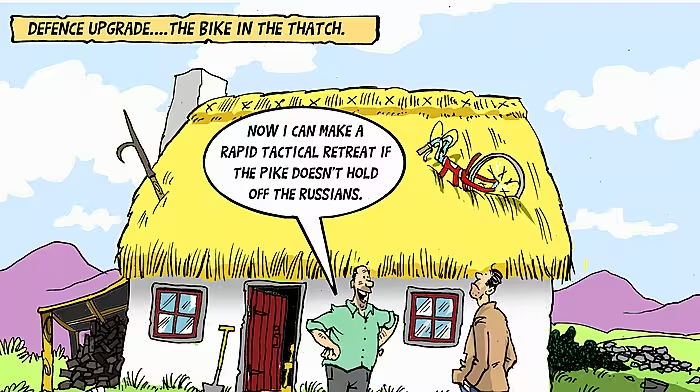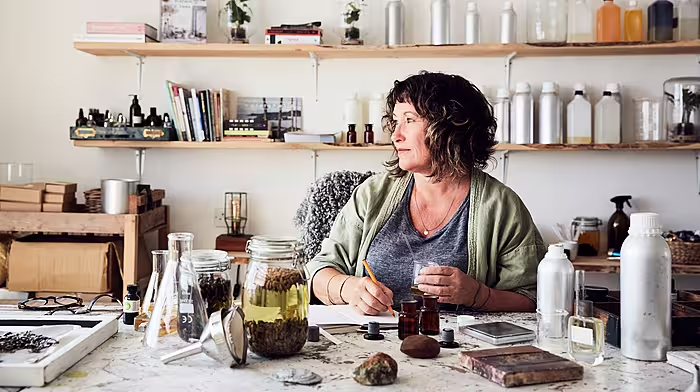It might be stating the obvious but shopping for a property isn’t like any other purchase you’re going to make in your life.
This article was featured in our Property West Cork Winter 2024 supplement – you can read the full supplement here!
There is a huge emotional investment alongside a huge financial one and no other purchase in your life will ever come close to the impact and importance of the purchase of your first home.
The toss-up for many is whether to buy a modern home or an old one to fix up. There are pros and cons with both cases. Generally speaking, people will have an emotional connection with an old home of character – something that might not be on the same level as the feeling one can get from purchasing a newer home.
Let’s approach this age-old question, therefore, from the point of view that the preference is for the beautiful early-eighteenth-century farmhouse in the hills outside Drimoleague on one acre with sweeping countryside views (with a glimpse of the Atlantic Ocean in the distance). It has an asking price of €170,000. The second option is the newly-built 3-bedroom semi-detached house in Skibbereen. This has an asking price of €310,000.
The Fixer-Upper

Pros:
It’s the kind of home you probably dreamt of
You will get to shape the feel of the property yourself as you (and possibly your better half) refurbish it as you want it, putting your own stamp of creativity on it
You have space and potential
There is the Vacant Property Refurbishment grant to help you in your task
Affordability: For much less of the cost of a new home, you can be in the door. If you work on your home, you will add value to it which will probably far outstrip the cost of doing it up.
Plus, fixing up one house adds value to the community, making the area more appealing.
Cons:
Escalating Costs: Even for the wiliest structural engineer, it’s simply impossible to accurately estimate just how much you need to spend on an old stone house.
One job will typically lead to another and even the cost of carrying out a major job (e.g. replacing the roof tiles) can uncover more cost again, depending on the condition of what’s underneath.
Bespoke shapes: One aspect of an old stone house is that very little of it is dead square and straight.
This means fitting anything from stairs to skirting board to fitted units involves adjustments to allow for the more ‘organic’ shape of cut-stone constructions from the 19th or 18th century.
Time Spent: Just like the financial cost, the amount of time you can end up spending on fixing up an old house is impossible to know with reliable accuracy – not until you’ve done it and can look back at how much time you’ve spent on it!
The New Semi-D

Pros:
You see what you get: There’s no mystery with a new home. What you see is what you get, with a builder’s guarantee and modern construction methods
Energy Efficiency: New homes nowadays almost all come with the top BER level and will cost very little to heat compared with any older home.
Government Grants: If you’re a first-time buyer, you get a lot of assistance to buy a new home, with the Help to Buy Scheme and the First Home Scheme.
Convenient Location: If you’re buying in town, you can probably walk to the shops and all the other conveniences. Maybe you can even walk to work.
Square Walls: If you’ve done DIY on an old house, you’ll love doing DIY in a new one, with square, level surfaces all around.
Neighbours: This can be a double-edged sword, but most people are social and you feel very much part of the community if you’re in an estate of houses. If you have children, their play-dates on your doorstep too.
Cons:
Lack of Character: Semi-detached houses in an estate look very much like all the others in the same place.
No Room for Creativity: There is little or no room for creativity in a new house, by comparison with an old fixer-upper.
It’s not to say that you can’t put your own stamp on it in terms of interior fittings, fabrics, flooring and colours but you can’t make it your own to the same degree.
Longer moving-in time: this is usually the case. You have to wait until the house is finished before you can move in, unlike moving into an old home and doing it up as you go along.
Higher Cost: A new house will still (usually) work out as a bigger investment per square metre.
Limited (or Zero) Negotiating Power: With an old home, it’s you and the vendor thrashing out a deal, but with a new home, the price is usually set and these days, that price isn’t moving downwards.
This article was featured in our Property West Cork Winter 2024 supplement – you can read the full supplement here!








